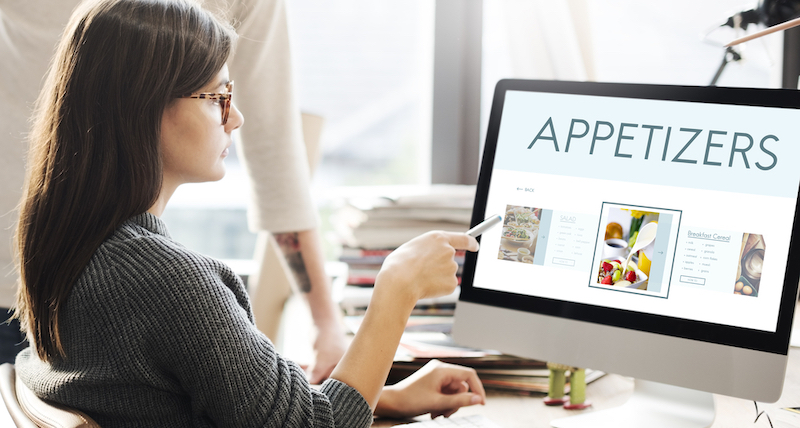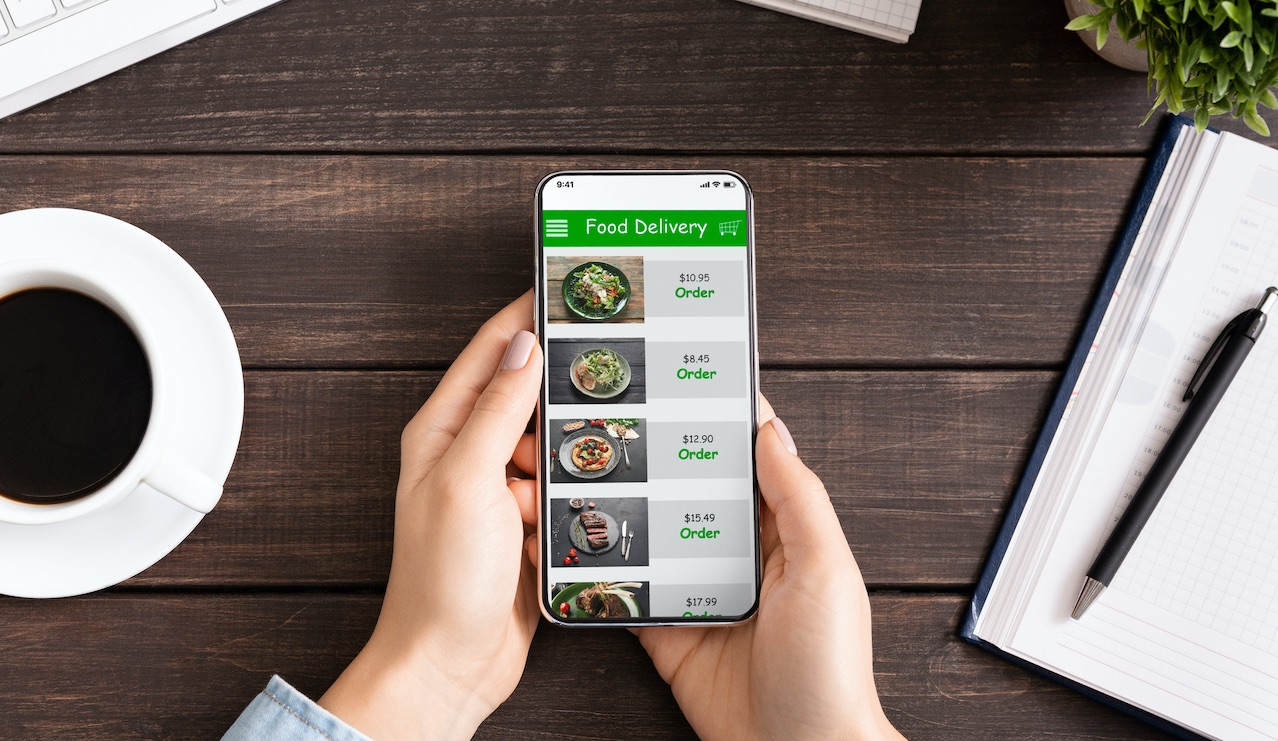We all know the legacies of the hardest months of the Covid-19 pandemicespecially in the weeks of spring 2020, when the lockdown radically changed our habits.
Leaving aside the more or less profound psychological wounds left to many, there have been some changes that are not necessarily negative. Even those less accustomed to digital have learned to make video conferences, for work or pleasure. And we have all understood how many things you can do with your fingers on a device’s keyboard. Among these, for example, the possibility of ordering food (and wine) via the app.
Then, when restrictions eased, we discovered all the amazing possibilities of QR Codesespecially if applied to digital restaurant menus.
And now, since we were able to return to traditional paper menus, what happened to digital menus?

The lemmineu.it survey on digital menus
How have digital menus changed in the last two years?
A survey by leggimenu.it answers the question for us, or rather the outcome of a survey (the form of which is still present online) in which around 10,000 Italian restaurants participated. And whose title was “How has catering changed thanks to digital?”
We remember that leggimenu.it is a startup born in the aforementioned 2020, and which currently manages almost 25,000 activities in our country. Allowing the creation of digital menus via QR Code, which can be consulted quickly and without the need to install any app.
How specifically did the restaurateurs respond to the questionnaire? We specify that owners of pizzerias, sandwich shops and Chinese and Japanese restaurants could also access the form.
Towards takeaway and home deliveries
Of the sample who participated in the leggimenu.it survey, 60% offer takeaway or home delivery services (even if today it seems that we should say delivery). Of this percentage, a third (34%) only do takeaway or home delivery, and over 60% mainly offer these two services.
The symptom is clear: people prefer to eat within their own walls. We imagine that there are at least two reasons: a legacy of the aforementioned lockdown, and a way to reduce costs without giving up the convenience of not cooking.
The advantages of digital menus
Getting to the heart of the questionnaire, a series of initial questions served to specify the type of service offered, the composition of the staff and the timing of order taking.
After that, a core of more targeted questions concerned digital menus. From which it turns out that for 44% of survey participants the transition from paper to digital menus has simplified the ordering process for customers. Especially if foreigners: let’s imagine the extended times if a waiter does not perfectly master the language, an obstacle easily solved thanks to multilingual digital menus.
But how is taking orders with the digital menu easier? For 15% of those interviewed it is quicker to make changes and updates even at the last moment. And for 8% the risk of taking wrong orders is reduced.
But the main reason is speed: for a quarter of the sample, the majority of orders (85%) take no more than 5 minutes.
Digitalisation
The transition from paper menus to digital ones was just one of the steps taken by restaurateurs towards greater digitalisation.
61% of the restaurateurs interviewed also relied on digital for payment methods and 10% for the procedures for purchasing raw materials. There is also a 6.8% that allows customers to order directly with the tablet, making the action of the waiter going to the table to take the orders superfluous.
A painless transition
The final questions of the questionnaire investigated any difficulties in explaining to employees the transition from traditional to digital menus.
For 78.2% of those interviewed, the transition to digital was not very challenging. Indeed, 60% of restaurateurs did not have to undergo any specific training, and 21-22% underwent training rather quickly and was immediately assimilated by employees of all age groups.
Digital payments in catering
An earlier survey, commissioned by SumUp in July, showed that in Italy digital payments in the restaurant sector increased by 44% compared to last year.
However, the average digital receipt in our country decreased by 7.6% in one year, from 2022 to 2023, and now stands at 23.4 euros.















Leave a Reply
View Comments